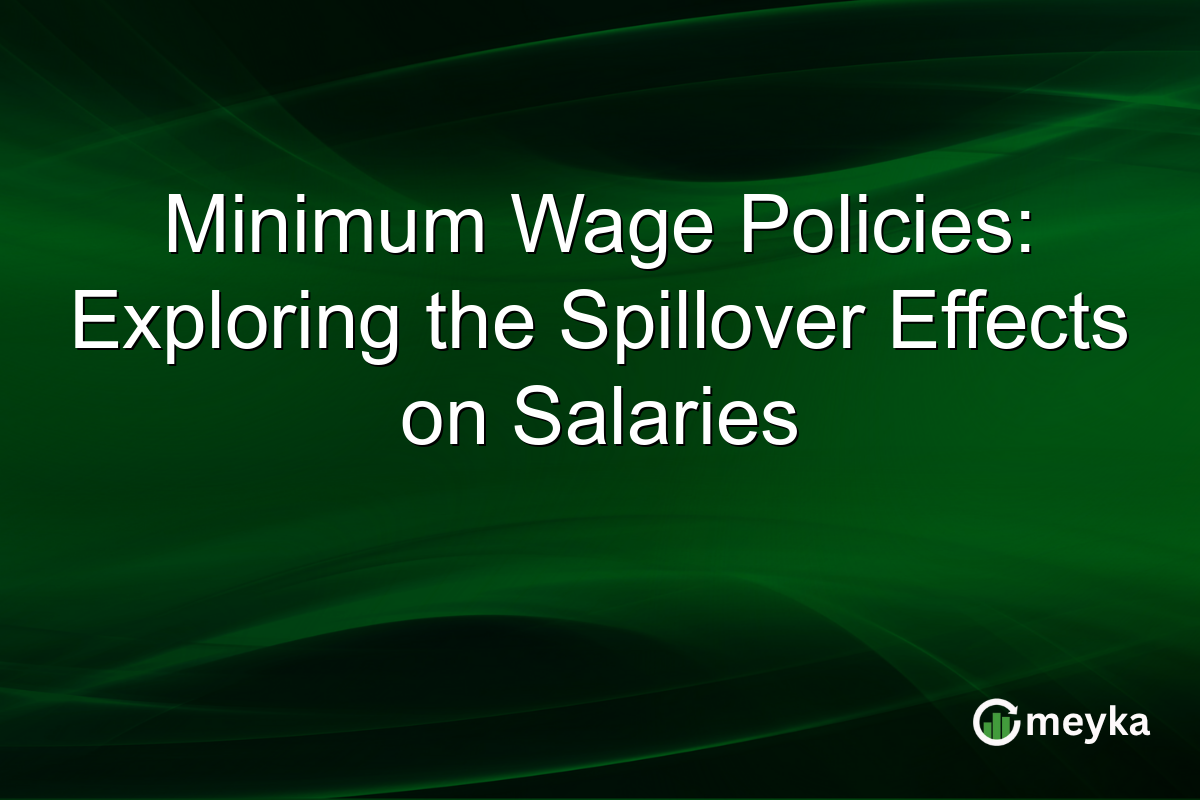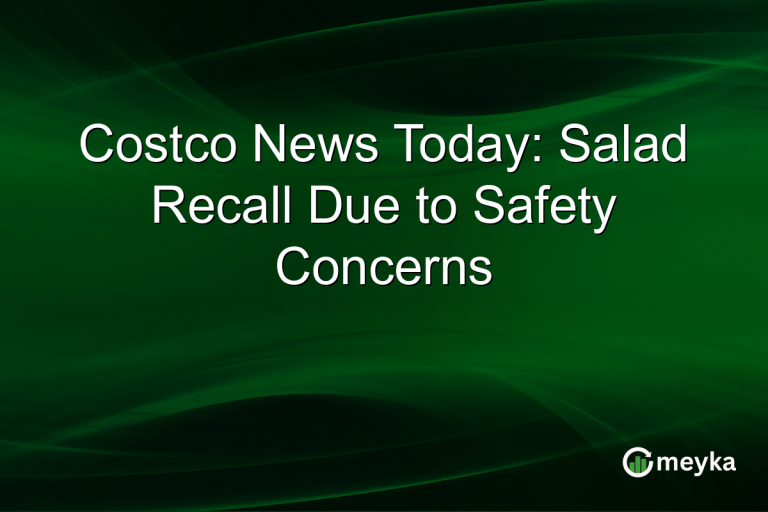Minimum Wage Policies: Exploring the Spillover Effects on Salaries
The debate over minimum wage policies often centers on their direct benefits to low-wage workers. However, recent research reveals an intriguing phenomenon known as ‘spillover effects.’ These effects occur when increases in the minimum wage lead to salary hikes even for workers not directly impacted by the policy. Understanding this development is essential for policymakers as it has far-reaching implications on broader salary structures and economic planning.
Understanding Spillover Effects
Spillover effects refer to the unintended consequences of raising the minimum wage that extend beyond the intended beneficiaries. When minimum wage increases, it often raises wages for those earning slightly above the minimum threshold. This happens because employers adjust their pay scales to maintain wage hierarchies within their organizations. A study from the Economic Policy Institute found that a 10% increase in the minimum wage resulted in a roughly 1.5% salary increase for those earning slightly more than the minimum wage. This illustrates the ripple effect, impacting wage structures industry-wide.
For more insights on policy implications, see EUI News. This shows how complex economic changes can drive unintended but broadly beneficial outcomes.
The Economic Impact of Salary Hikes
Salary hikes, driven by spillover effects, can have significant economic policy consequences. For the broader economy, increased wages mean higher consumer spending, as more income typically leads to increased purchasing power. However, these changes also pose challenges for businesses, especially small enterprises with tight budgets. Employers may face increased operational costs, potentially leading to higher prices for goods and services.
Looking ahead, policymakers must balance these unintended consequences to sustain economic growth without burdening businesses. They must also consider how minimum wage reforms might demand adjustments in fiscal policies to accommodate the economic changes.
Implications for Policymakers
Policymakers bear the responsibility of crafting economic policies that anticipate spillover effects. Understanding and predicting these outcomes are crucial for ensuring that wage policies achieve their goals without adverse side effects.
For investors and economic planners, it’s vital to monitor policy changes and their ripple effects on salaries. Any shifts in wage structures can impact investment strategies and economic forecasts by altering labor costs and consumer demand. By factoring in the spillover effects, policymakers and investors can make informed decisions.
Final Thoughts
Spillover effects highlight the complex dynamics within labor markets influenced by minimum wage policies. These effects underscore the importance of comprehensive economic assessments when implementing such policies. By understanding the broader implications of wage hikes, policymakers can better anticipate and manage the economic ripple effects. This approach ensures that wage increases support a balanced and sustainable economic environment, benefiting both workers and the broader economy. Awareness and preparation are key to harnessing these effects for economic growth.
FAQs
Minimum wage spillover effects occur when raises in the minimum wage lead to salary increases for workers not directly affected by the policy. This happens as employers adjust pay scales to preserve wage hierarchies.
Salary hikes boost consumer spending due to increased purchasing power. However, they can also increase operational costs for businesses, potentially leading to price hikes for goods and services.
Recognizing spillover effects helps policymakers anticipate broader economic changes and ensures wage policies support economic growth without adverse side effects, such as increased business costs.
Disclaimer:
This is for information only, not financial advice. Always do your research.






